Search

Crop Tolerance to Soil Herbicide Residual
Some herbicides can persist in soil, especially dry soil. Herbicide carryover could be an issue in 2021 across the state depending upon last year’s moisture levels and field conditions.

Wheat Streak Mosaic Developing in Winter Wheat Fields
A few winter wheat fields in central South Dakota have been found with wheat streak mosaic disease. Incidence of this disease varied from a few plants to large portions of the field with yellowing leaves.
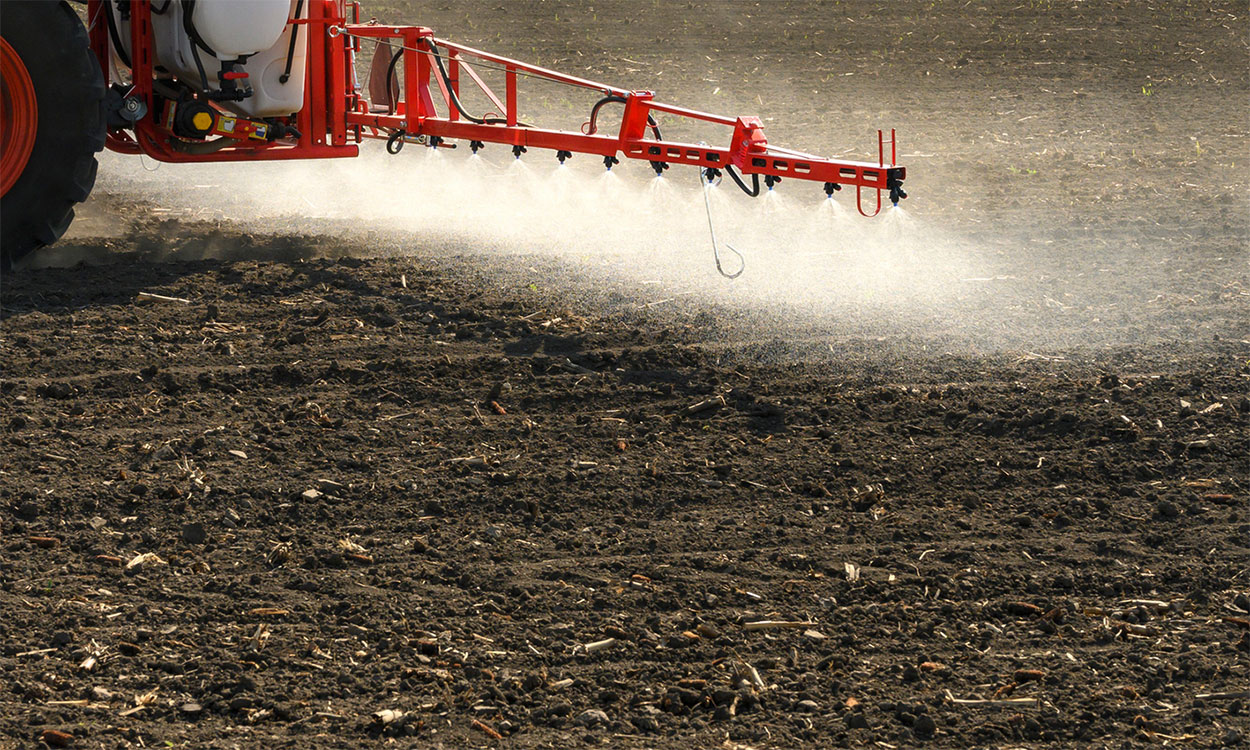
How Well Will Pre-Emergence Herbicides Work in 2021?
It is always good to start with a pre-emergence program to prevent weeds from becoming resistant. With the spring starting out below normal in subsoil, there are questions as to how well preemergent herbicides will work.
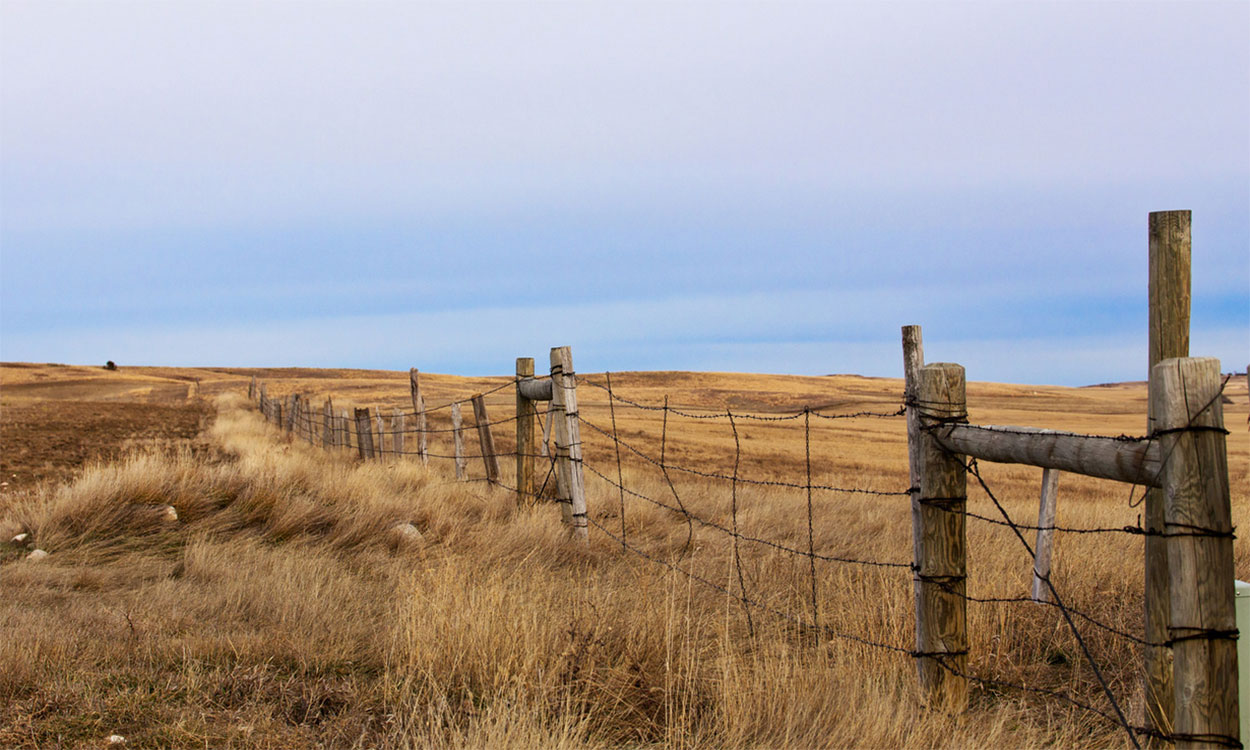
Lameness in Cattle: Causes Associated With Injury
Most cattle in pastures and feedlots are exposed to multiple potential causes of injury. Learn some of the injury-related causes of lameness in cattle, starting with the foot and working our way up.
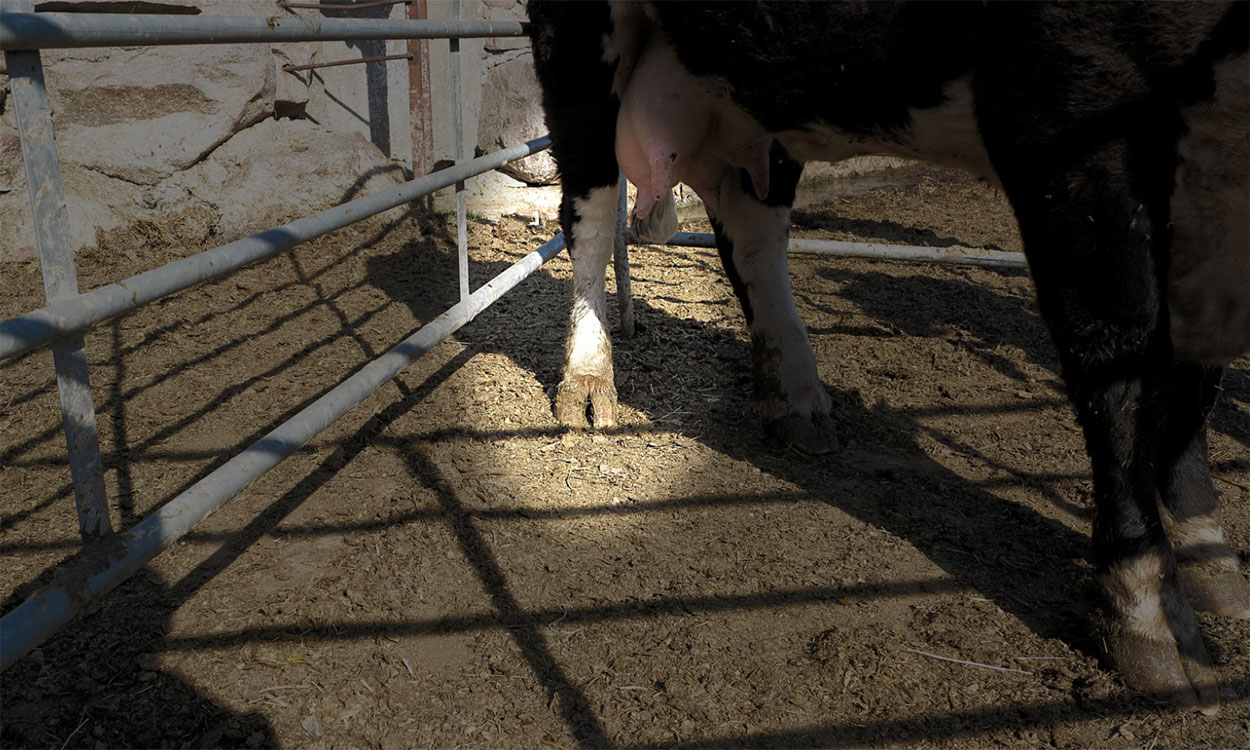
Lameness in Cattle: Causes Associated With Infections
Infections are among the most-common reasons for lameness in feedlot and adult cattle, and in some cases they can be treated or prevented with more success than other causes of lameness.

Getting to the Bottom of Cattle Lameness Cases: Diagnosis
Making the right decisions about how to deal with a lame animal depends on how accurately the cause of the lameness can be diagnosed and localized.
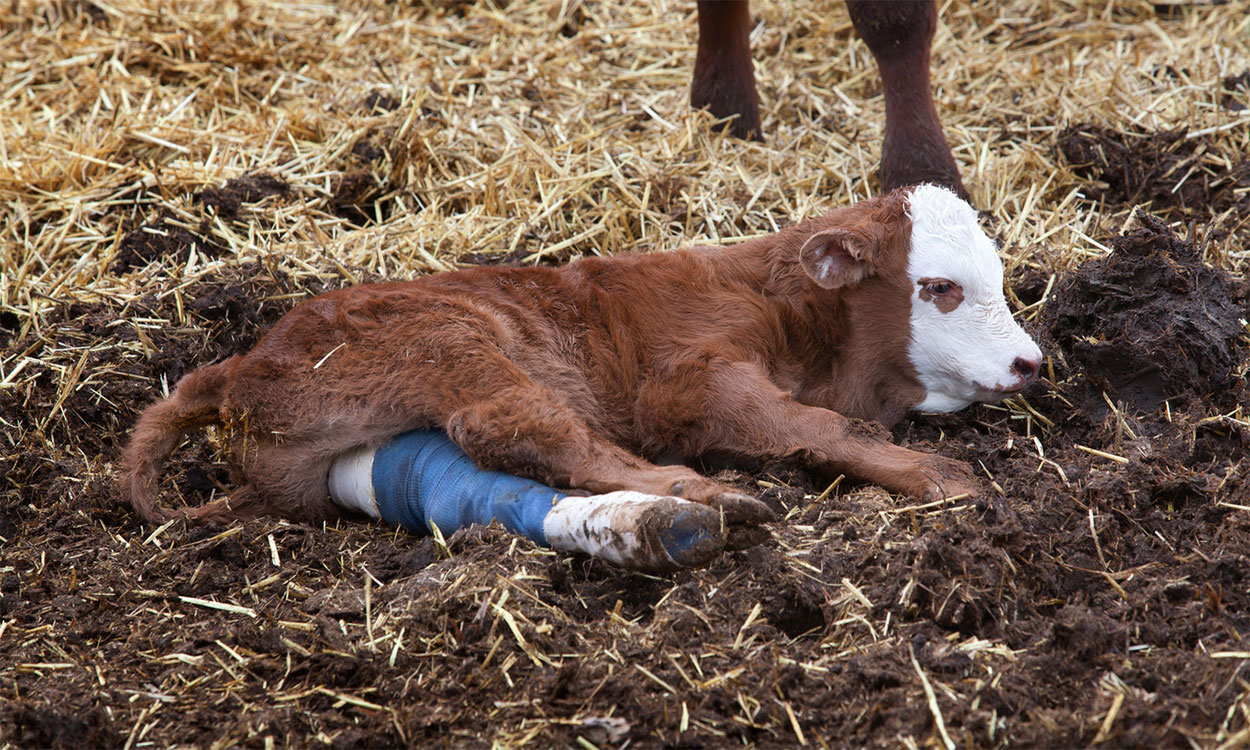
Treating Lameness in Cattle
Successfully treating most cases of cattle lameness usually involves more than a simple injection of antibiotics. Knowing the best intervention for a particular animal starts with a good diagnosis of the problem.

Herbicide Residual Effects on Cover Crops After Corn Silage
As cover crop usage has increased in recent years, managing weeds through a longer residual herbicide program has become more complicated. Learn some considerations for cover crops following corn silage.
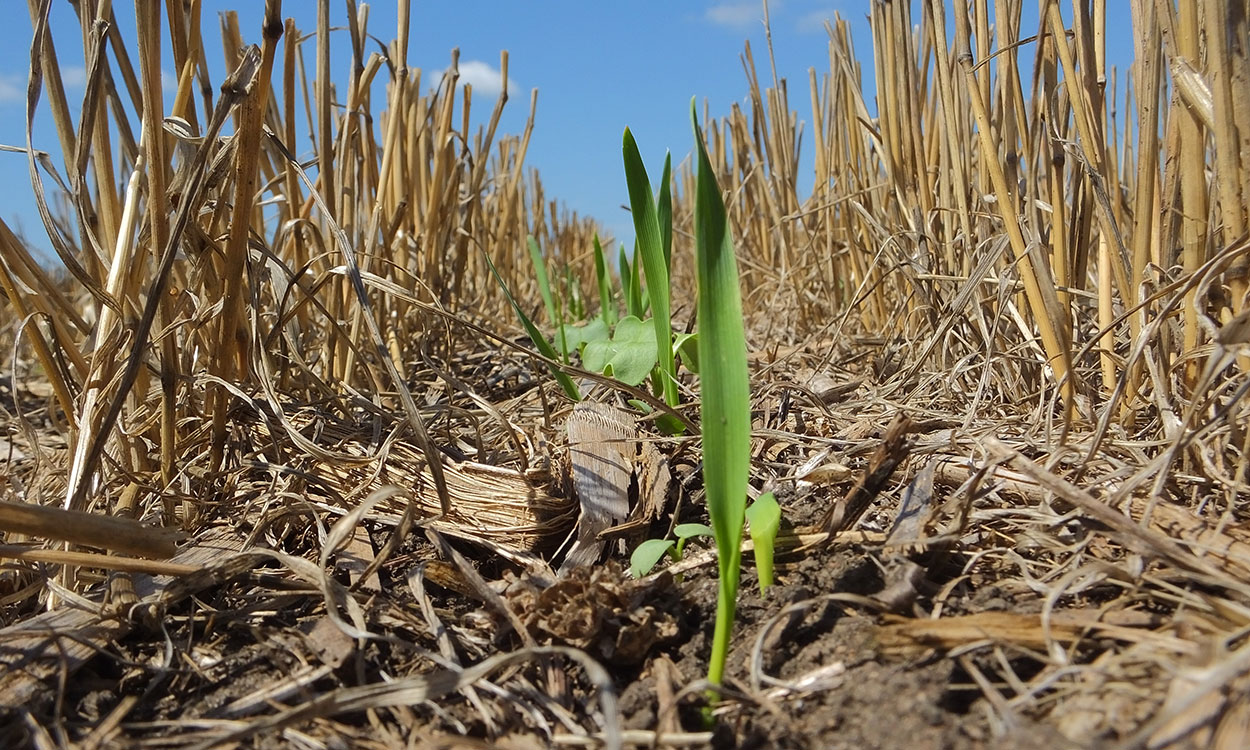
Herbicide Residual Effects on Cover Crops After Wheat
Increased use of cover crops following major crops brings up questions of herbicide effects on cover crop establishment and rotation restrictions. Learn some considerations for cover crops following wheat.
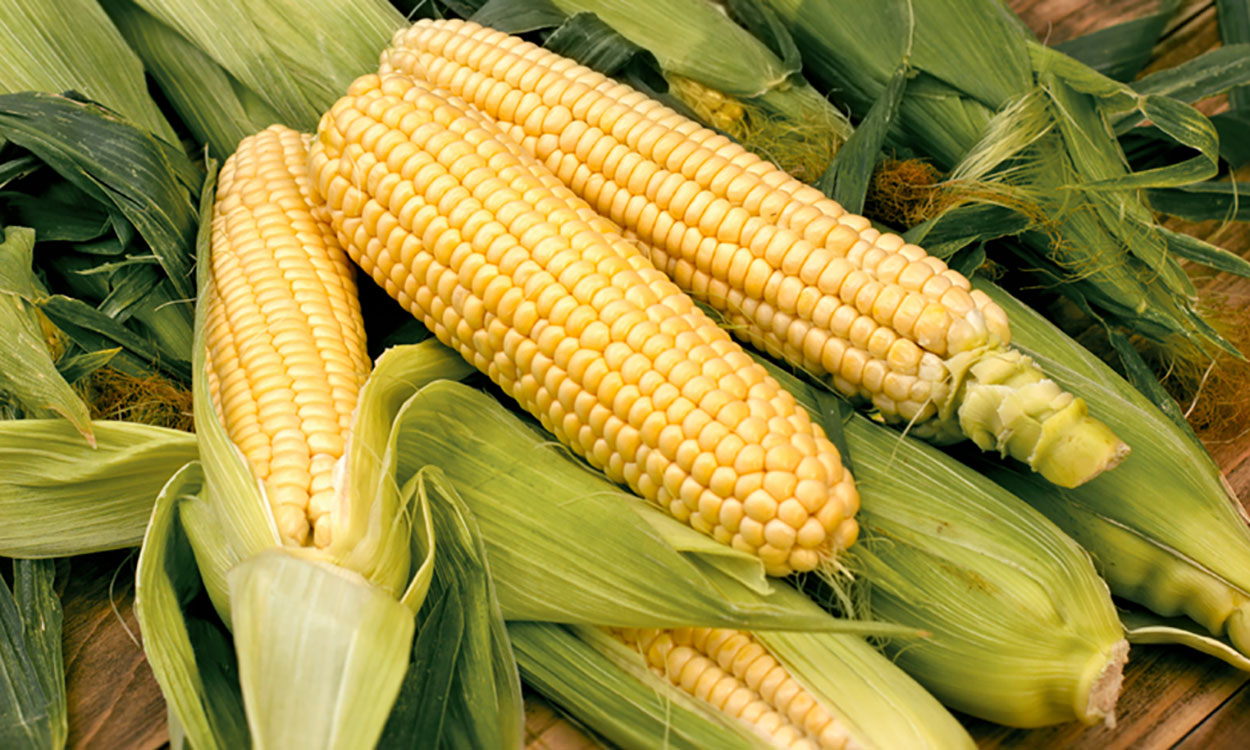
Weed Control in Sweet Corn
When growing sweet corn on a large scale, weed control can be challenging, and certain steps need to be taken before choosing an herbicide.